Don't wanna be here? Send us removal request.
Photo

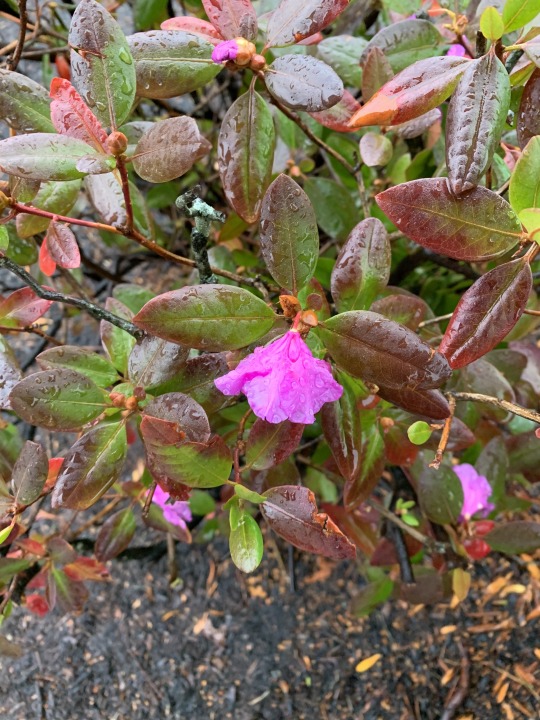
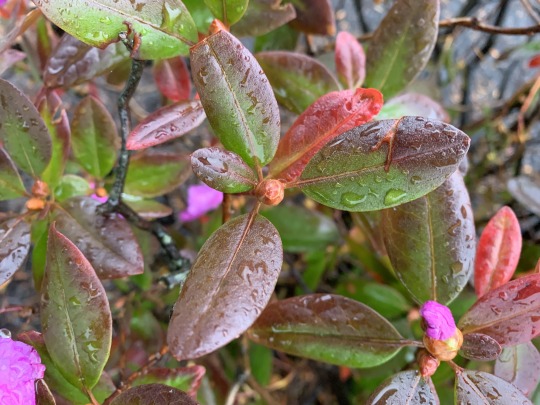

Urban Plants:
Location: Community lawns.
Plant name: Azaleas/Evergreen azalea
Botanical name: Rhododendron indicum
I was attracted by the dense, bright flowers that bloom at the beginning of October. I was surprised they still look vibrant and lively. This is a small semi-evergreen flowering shrub native to East Asia. It produces a number of lovely pink flowers during the blooming time and often used for ornamental purposes.
0 notes
Photo


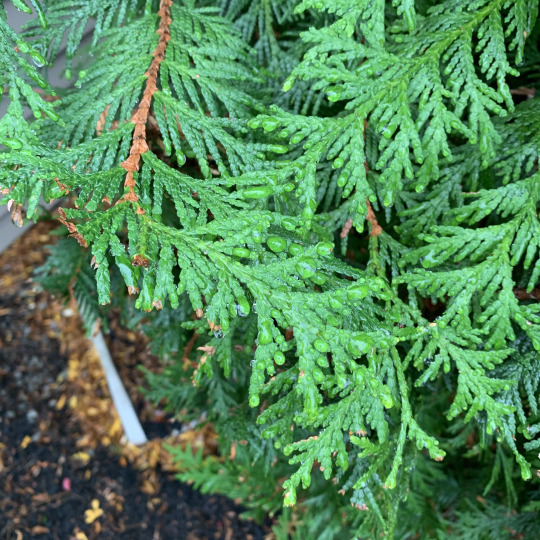
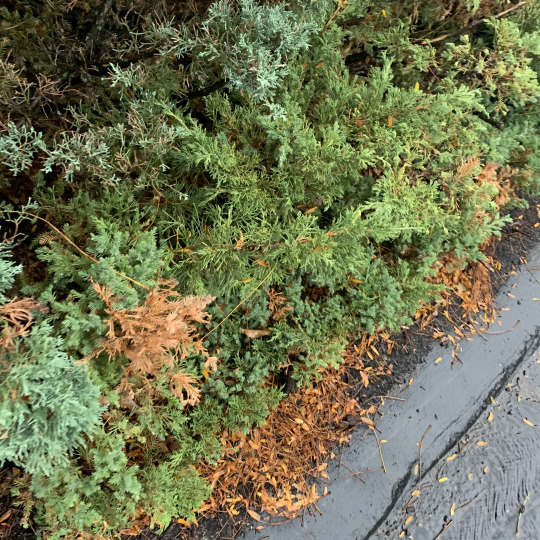
Urban Plants:
Location: Along the drive way.
Plant name: Juniper/Shrubby red cedar
Botanical name: Juniperus horizontalis
Creeping juniper makes garden green all year around as it is an evergreen species with green leaves, lush branches and graceful looking. It is a shrub native to North America, often used as an ornamental plant for ground cover in gardens.
0 notes
Photo
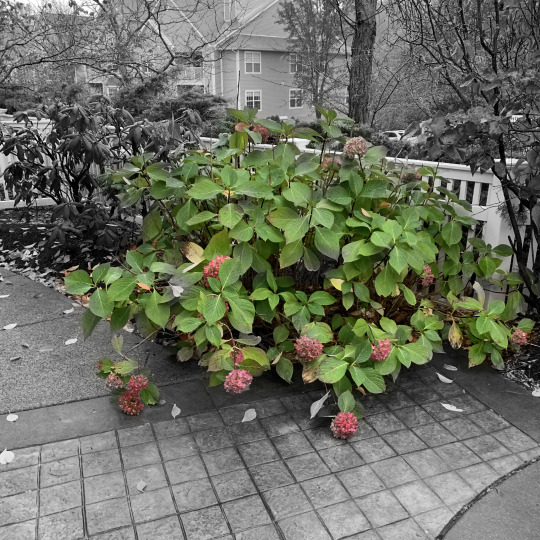
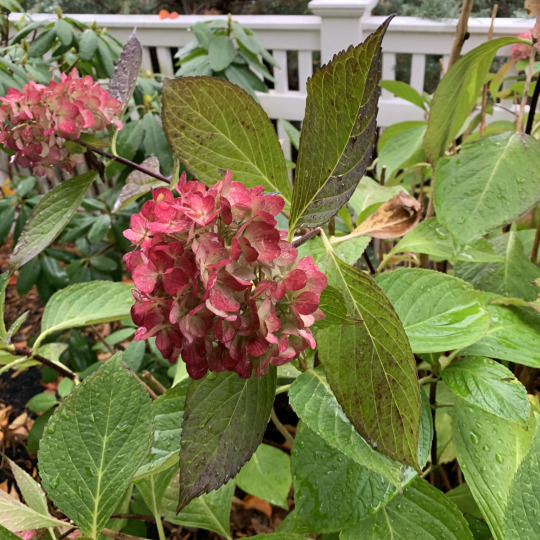
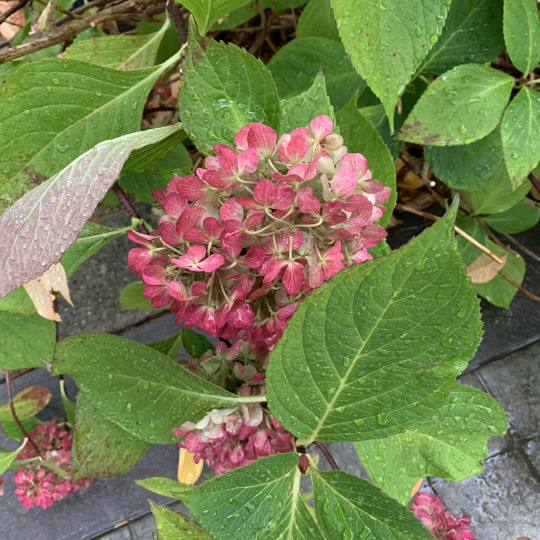

Urban Plants:
Location: Plaza outside of community gym.
Plant name: Bigleaf hydrangea/French hydrangea
Botanical name: Hydrangea macrophylla
Bigleaf hydrangea can be used as a hedge, an ornamental shrub, or a potted plant. This deciduous shrub is native to Japan, and is known for its lush, oval, colorful inflorescence. Homeowners can change the flower color from pink to blue or from blue to pink by adjusting the soil pH.
0 notes
Photo




Urban Plants:
Location: Community lawns.
Plant name: Mugo pine/Dwarf mountainpine
Botanical name: Pinus mugo
This is a pine tree species native to Europe. It is popular in landscaping due to the convenient size and the flexibility of form. It is also a popular dwarf conifer displaying dark green needles on dense branches. A very useful, slow growing evergreen for rock gardens, mass plantings, and in mixed groupings with broad-leaf plants. Makes a great container specimen.
0 notes
Photo


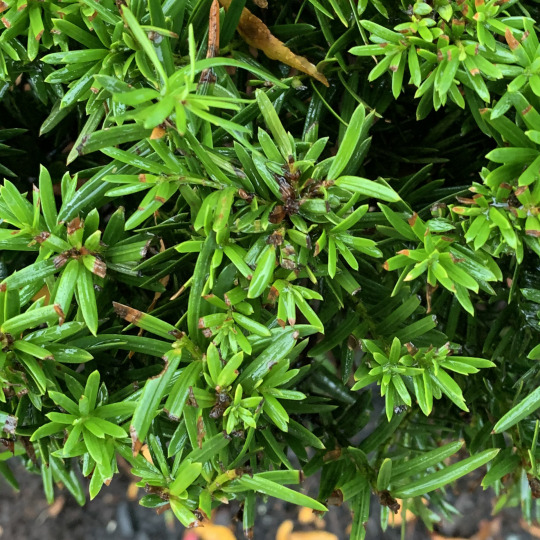
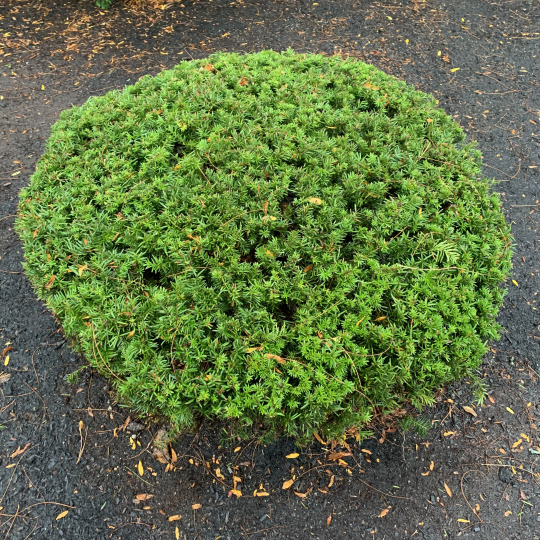
Urban Plants:
Location: Community lawn next to apartment building.
Plant name: Yews/Japanese yew
Botanical name: Taxus cuspidata
Yew is an evergreen tree that often used in garden planning. Japanese yes is a tree species native to Japan, Korea, and China. They come in all sizes and they have bright green leaves, making it a popular holiday decoration. It also comes in a wide range of sizes, from dwarfs that rarely exceed 2.5 feet, to large specimens that can grow more than 50 feet tall.
0 notes
Photo

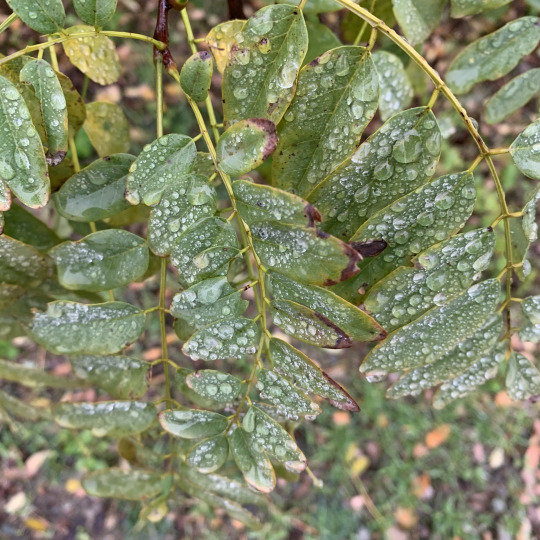
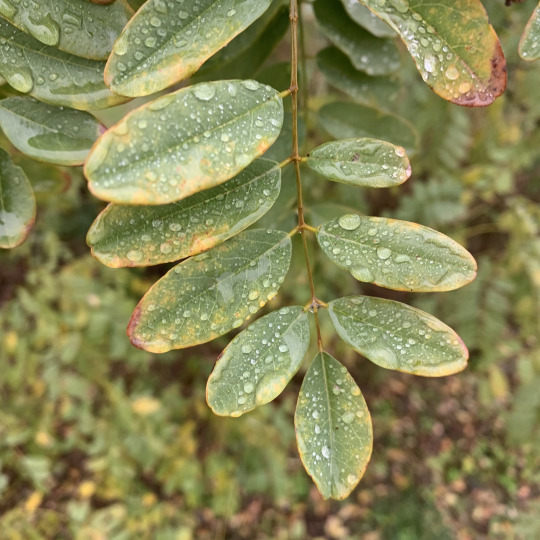
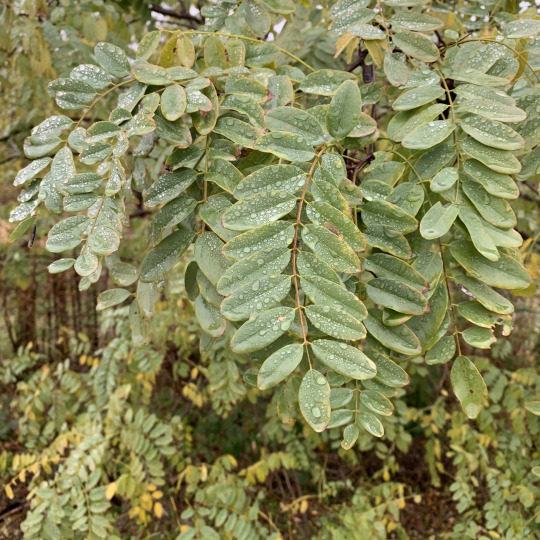
Shoreline Plants:
Location: Upland
Plant name: Black locust/False acacia
Botanical name: Robinia pseudoacacia
As the only tall plant I took photo with, I was interested in its adaptability, and tolerance to saltwater. Compare to other shoreline plants, this species stands at the farthest from the coastline in the park. Black locust likes humid environment and it can endure temperatures as low as -29F. It is also very drought resistant. Costal areas with high air humidity are very suitable for its growth.
0 notes
Photo

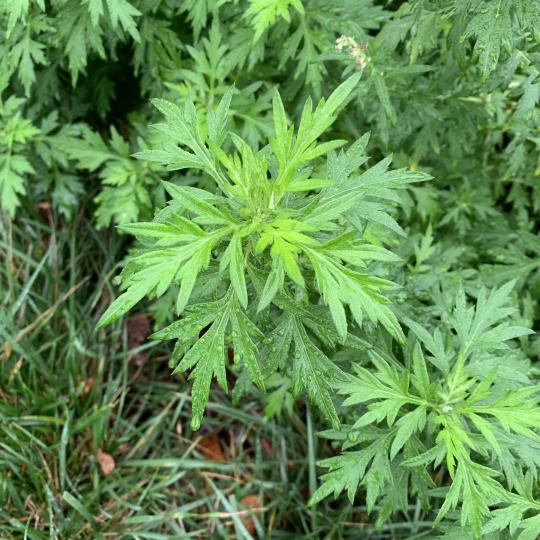

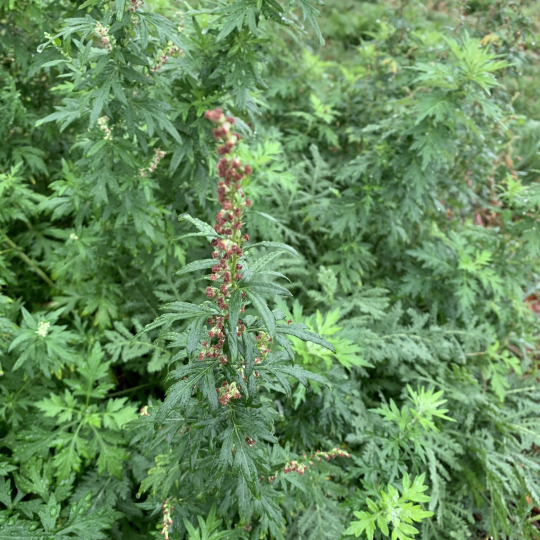
Shoreline Plants:
Location: Upland near coastline.
Plant name: Common mugwort/Sailo’s tobacco
Botanical name: Artemisia vulgaris
Mugwort is herbaceous perennial plant that can be often found in nitrogen-rich soils. Historically used as a destination for duping of river dredging of Quincy and gravel excavation, this salt marsh land absorbed excess nutrients and slow shoreline erosion which is desirable for Mugwort’s growth.
0 notes
Photo
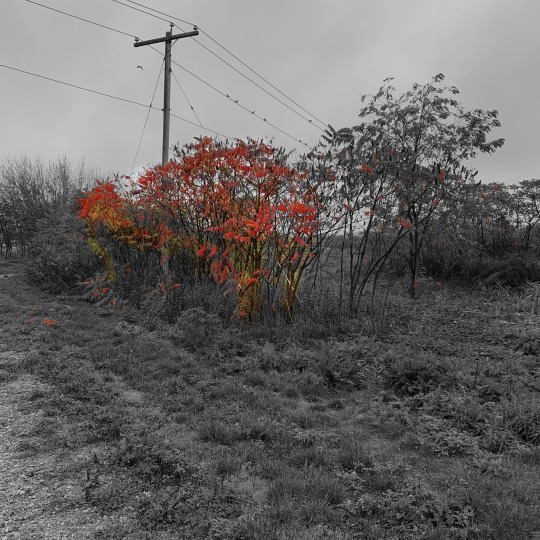


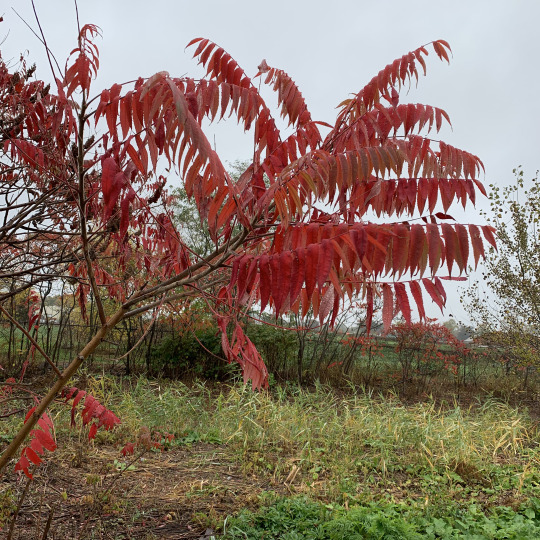
Shoreline Plants:
Location: Along the creek.
Plant name: Staghorn sumac/Red sumac/Poison sumac.
Botanical name: Rhus typhina
I was attracted by the vibrant color of this plant. This scraggly, shrub-like small tree thrives in the swamps, bogs, marshes and other wetlands. It has wetland indicator values that denotes the probability of occurring in freshwater, brackish and saltwater and wetland in the United States. It is also known to be important only in the winter diets of ruffed grouse and the sharp-tailed grouse.
0 notes
Photo

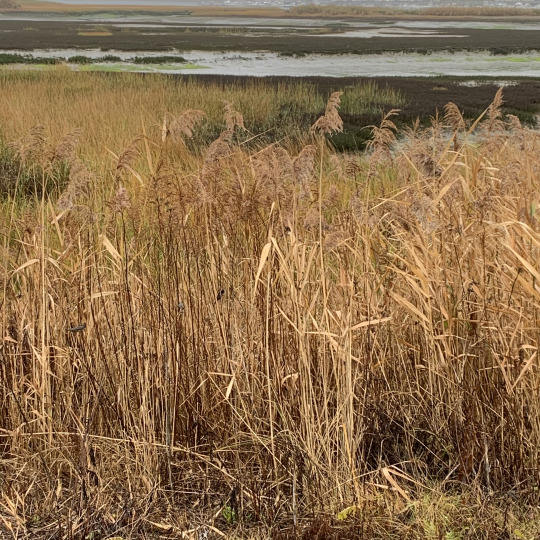
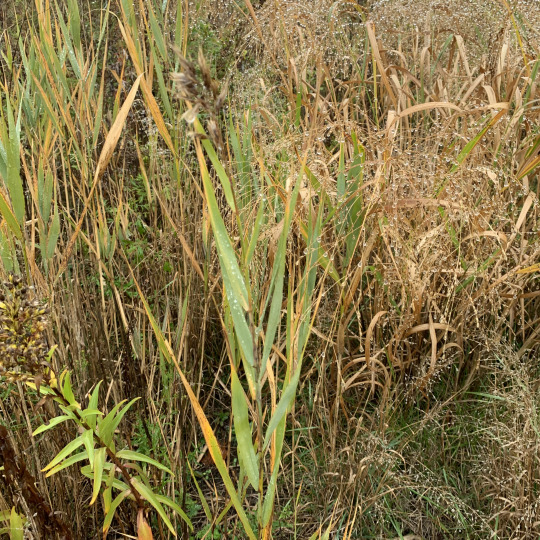

Shoreline Plants:
Location: Dunes next to shortline.
Plant name: Phragmites/Common Reed
Botanical name: Phragmites australis
This plant is the most prevalent species as I walk down the park. They grow dominantly on dunes that are in between wet marsh and dry sandy areas. Phragmites is a common specie found in wetlands throughout temperate and tropical regions of the world. It is very important for wildlife and conservation. Phragmites outcompetes and blocks out native salt marsh vegetation and provides little or no food or shelter for most saltmarsh-dependent wildlife.
# ShorelinePlants#SaltMarsh#Noun-Native#Dense#Tall#WildlifeHabitats
0 notes
Photo
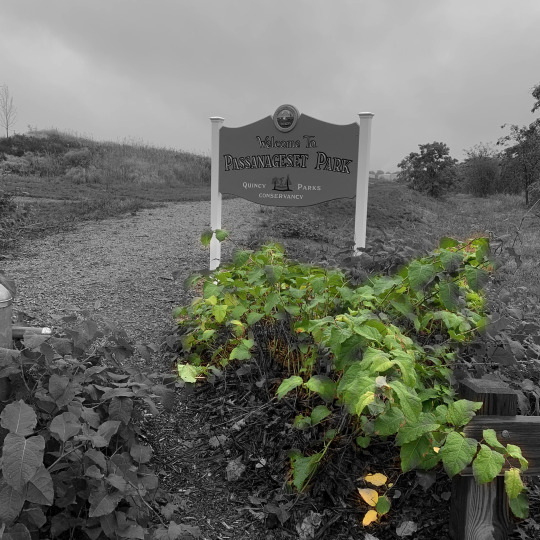



Shoreline Plants:
Location: Entry of Passanageset Park.
Plant name: Japanese Knotweed/Asian Knotweed
Botanical name: Reynoutria japonic
Upon entering the park, I found this plant grow aggressively along the fense. According to the World Conversation Union, this specie is one of the most critical invasive plants in the world. It is originated from Japan and featured with hollow stems and protruding nodes like bamboo. Unsurprisingly, this plant is highly tolerant to salt stress which enables them to colonize and establish growth in coastal environment.
# ShorelinePlants#SaltMarsh #Invasive
0 notes
Photo




Spontaneous Urban Plants:
Location: In between the fense and my yard .
Plant name: Alder buckthron/Glossy buckthorn
Botanical name: Frangula alnus
I found this plant reaching out to the yard and trying to escape from the fense. Surprisingly, another invasive plants is found next to my apartment. Alder buckthron is a shrub native to Europe, Africa and Asia.
#SpontaneousUrbanPlant #Fense #Invasive
0 notes
Photo




Spontaneous Urban Plants:
Location: Bedrock crevice.
Plant name: Spotted Knapweed/Spotted starthistle
Botanical name: Centaure stoebe
Another invasive plant with its strong ability to survive even on a bedrock crevice. It would crowds out native grasses and increases soil erosion and water runoff.
#SpontaneousUrbanPlant #Bedrock #CrackSurvival #InvasiveAgain
0 notes
Photo

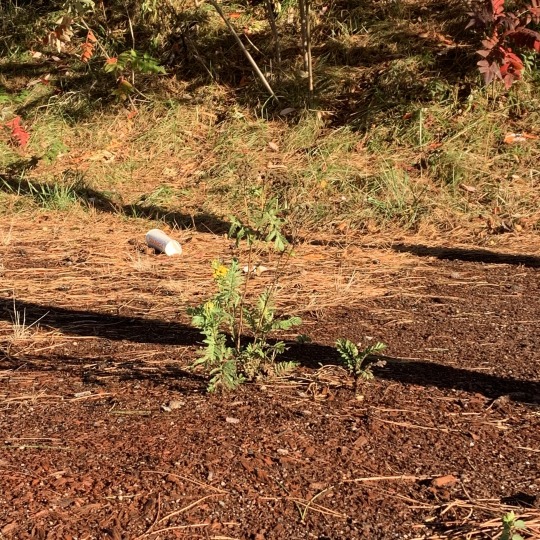
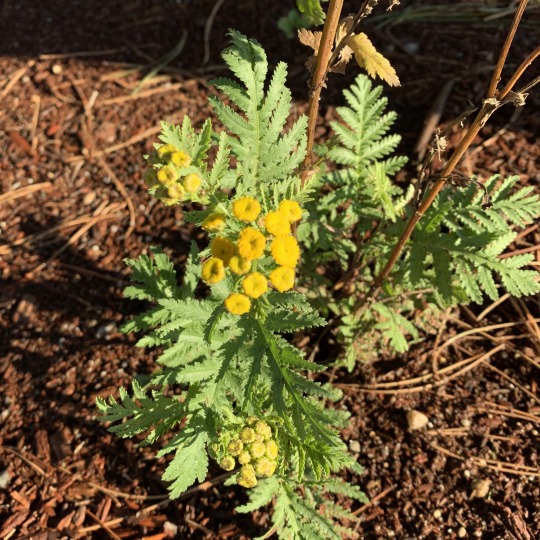

Spontaneous Urban Plants:
Location: In the middle of a roadside
Plant name: Common tansy/Tansy
Botanical name: Tanacetum vulgare
I found this plants stand solely on a roadside. I was attracted by its yellow flowers. Common tansy is a native plant to Europe and Asia. Often considered to be an invasive species.
#SpontaneousUrbanPlant #StandingStill #MiddleofNoWhere #Invasive #GoldensunFlower
0 notes
Photo
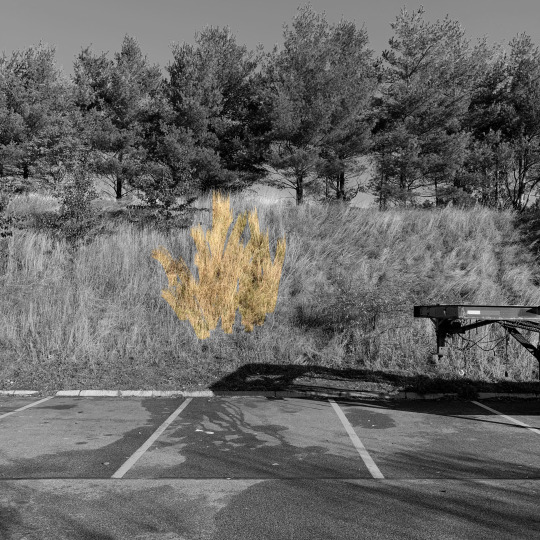



Spontaneous Urban Plants:
Location: Small land next to a roadside.
Plant name: Smooth brome/Pumpelly’s brome
Botanical name: Bromus inermis
Often grows on roadsides, fields and prairies, smooth brome is indigenous to Rurope and was brought to the United States in the mid nineteenth century.
#SpontaneousUrbanPlant #Roadsides #EcologicalThreat #Invasive #Aggressiveroot
0 notes
Photo
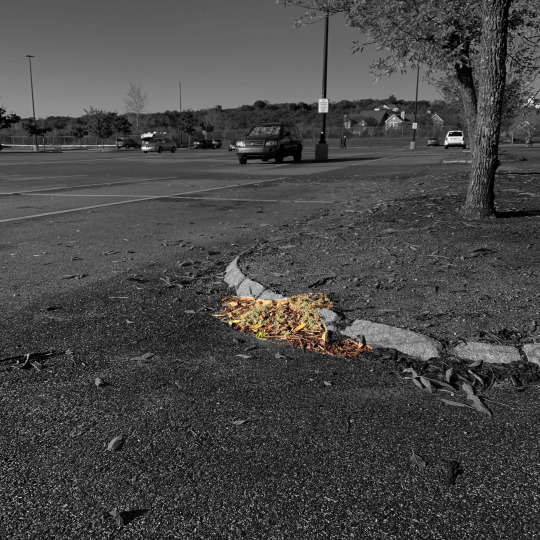


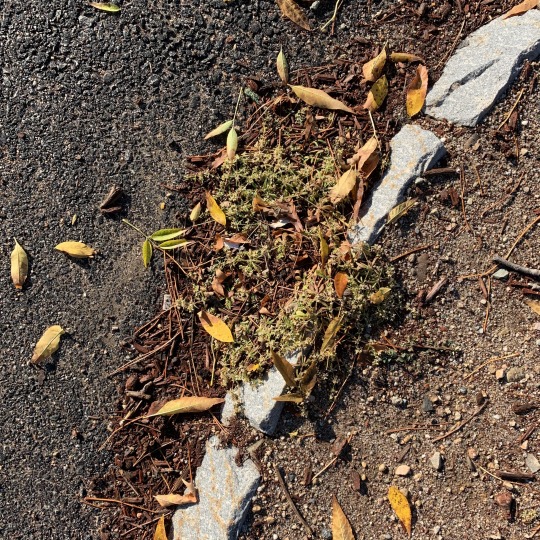
Spontaneous Urban Plants:
Location: Curb side of a vacant parking lot.
Plant name: Green Carpetweed/Devil’s Grip
Botanical name: Mollugo Verticillata
A common annual plant found throughout North America. It is native to tropical regions in South and considered as an invasive weed in many parts of north America.
#SpontaneousUrbanPlant #ashphalt #CurbsideSUrvival #Invasive
0 notes
Text
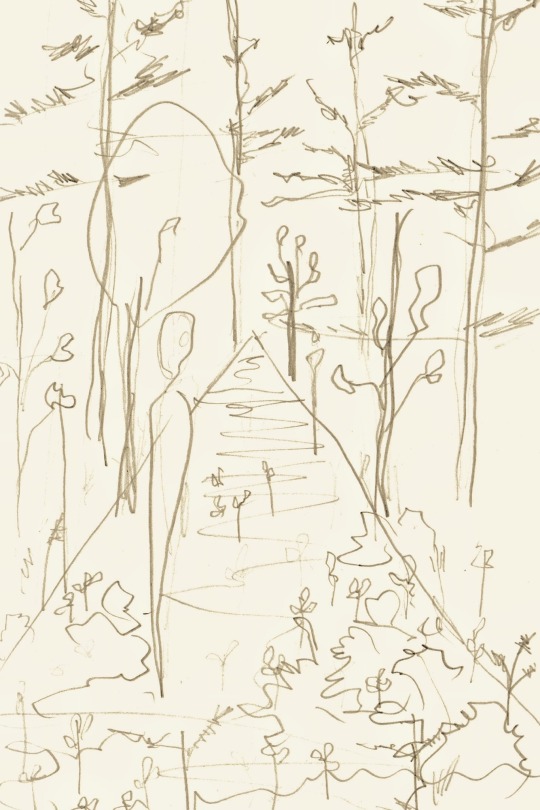
Theme: miniature forest, a fruitful place under the canopy
I wanted to create a sensible garden, where people can smell, taste, and harvest fruits that come from nature. This garden is structured as a forest, but in a smaller size where tall canopies provide moderate shades and enough sunlight, understory plants define path and movement of people, and people can move through shrubs and pick up leaves from the ground. Most plants are tangible, body scale so we can pick what comes from the ground and smell the freshness of the living nature.
0 notes



